Why is Patola the most expensive textile in India?
Making of Patola is a labour of love, and pride in one’s craft and legacy. It’s a total hand-woven textile with roots in Ikkat of Indonesia. When Hindu kings ruled there, culture and skill exchange between artisans happened and Ikkat came to India. The craft is still passed on in a maestro-aprentis manner and takes years to absorb and practice mastery at each step.
There is a popular story of Patan’s Jain/Solanki king Kumarpalam who wore fresh clothes each day for his daily prayers. He loved the Patola which was only sold by Silk weavers (Salvis) of Maharashtra. He rewarded 700 families to move to Patan so that he could have a new doshala every day. Some say that after his prayers the supposedly consecrated garment was auctioned each day to rich courtesans and traders, to create a fund for public welfare. That’s how Patola made Patan its home.
Not only does it take decades to master the art of making Patola, it also takes a long time to make each article, from two months to two and a half years. Some designs are so intricate that mere yarn dyeing takes nearly a year’s time.

The journey of each patolu (singular) begins with a detailed graph. The size of each square, extent of colour variation, size of the repeating pattern and size of the intended garment decide the cost. More the complexity, the greater the price. Generally, very intricate multi-colour patterns have smaller repeat sizes and vice versa. A pattern is called a bhat. There are some centuries-old designs that you would recognise on sight. In one of the pictures you can see a parrot(popat) and an elephant(kunjar), two out of four standard motifs of a Nari-kunjar Bhat.
Making Patola is a resist dyeing process. A mix of art and science. Calculations are required about the length and width of yarns, their tensile strength, the exact width of each colour on the yarn, and the amount of dye required to colour a given weight of silk. The dyeing is done at the yarn stage. Both warp(lengthwise) and weft(crosswise) are tied and dyed according to the design. This is the reason it is called double Ikat. The lighter colour areas on the yarn are tied tightly with thread. It follows a sequence from light to dark colours, ending in brown or black. Once the dyeing process is over. All binding threads are opened taking care the skeins do not get tangled.
It’s a must to know where each yarn figures in the basic repeat pattern before feeding it on to the loom. The dyed skeins are again stretched on wooden frames to make a rough basic pattern. This is a catalogued source to feed the loom. Both warp and weft threads need to match the same colour for the pattern to be sharp. They also have to have a sharp sideways transition in the pattern.

The loom for Patola is not operated by foot peddles it is suspended in the air. The air suspension takes a lot of space. Warp thread stretch only as much as the size of the room. Extra yarn is suspended from a peg in the wall or a stretch pole and unwound as the weaving progresses.
A lever operates the heddle bars to raise or lower alternate warp threads for the spindle to go to and fro. The precision is so high that the fabric looks the same on both sides.
The weaving process is precise to the hundredth part of an inch. A single ill-placed thread can disturb the pattern leaving it hazy, not sharp. The imperfections are pushed back into the motif with the help of three skewers. The fabric is so durable that even if the skewers pierce it, the yarns just shift and not tear. They can again be pushed back into position. (We witnessed this with our own eyes). The reason why Patola lasts for centuries.
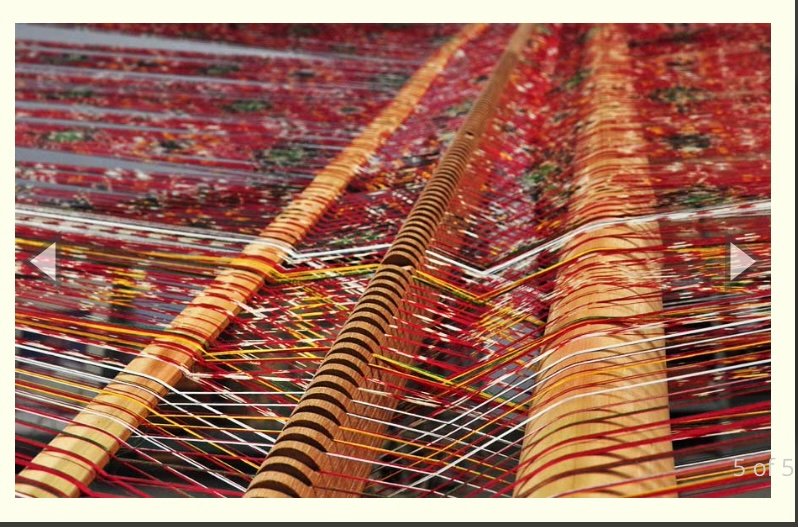
Usually, sellers pass off single Ikkat sarees like Pochampally or Rajkot Patola at the price of Patan Patola. Make sure you research and go before parting with your money. Colours are fast, they never run. Ask the seller to wash it and show. (Genuine weavers are never scared to do so). Golden borders never appear along the length in a genuine Patola they can only be woven as a horizontal band.
A genuine Patola saree is sold for about a Lakh of rupees. One may not buy it for a mere materialistic or status display motive but as an object de art to support the artisans and keep the rich heritage alive. These sarees have been known to last for as long as 300 years. Like your jewels, they could be the heirlooms you bequeath to your kids.


By Rakhi Jain
Ph.D from DU in Adolescent Reproductive Health, Rakhi has published articles in scientific journals, Reader’s Digest and several online forums. She is currently working as Independent director in five JSW steel group companies.
She can be contacted at rakhijain69@gmail.com.





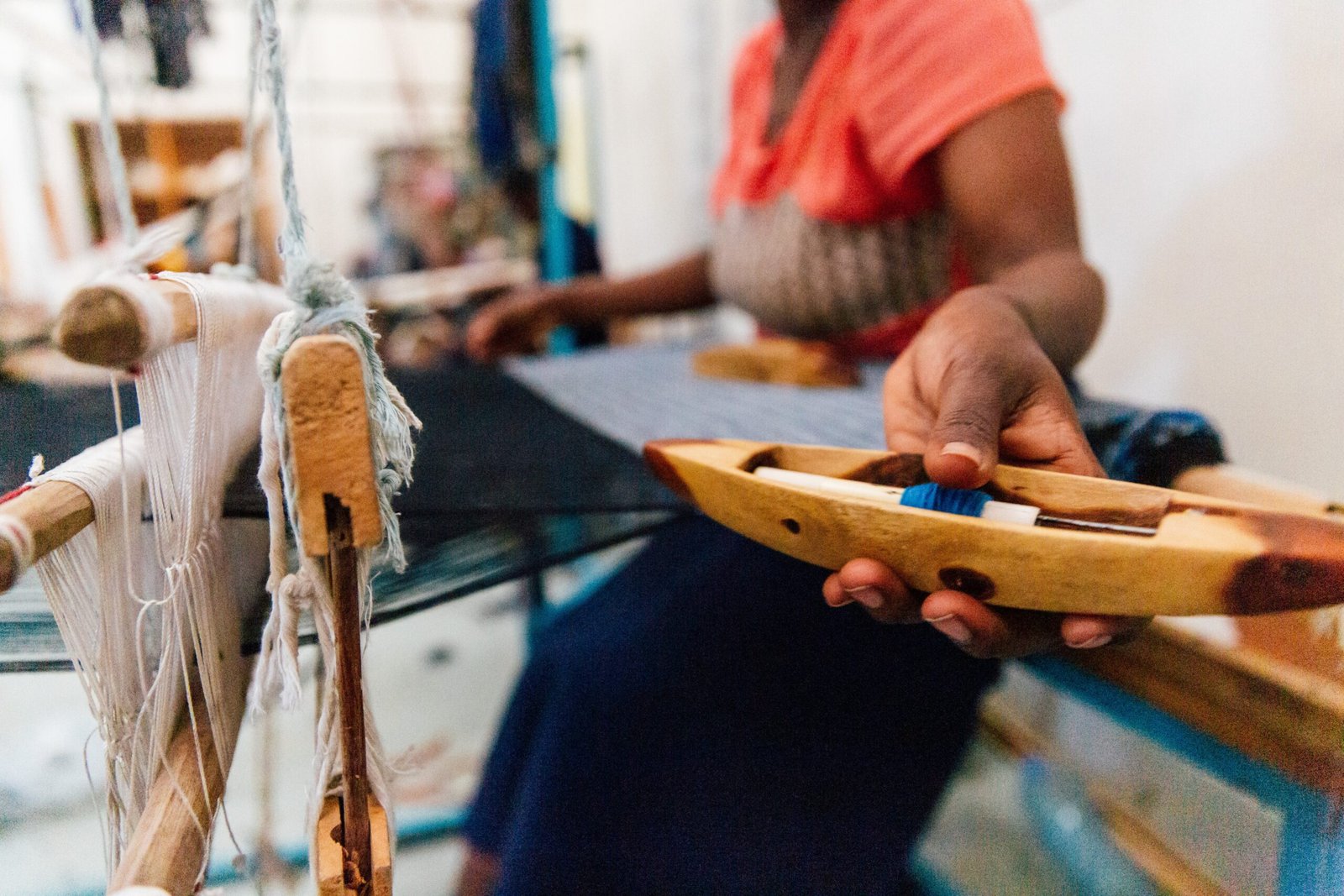

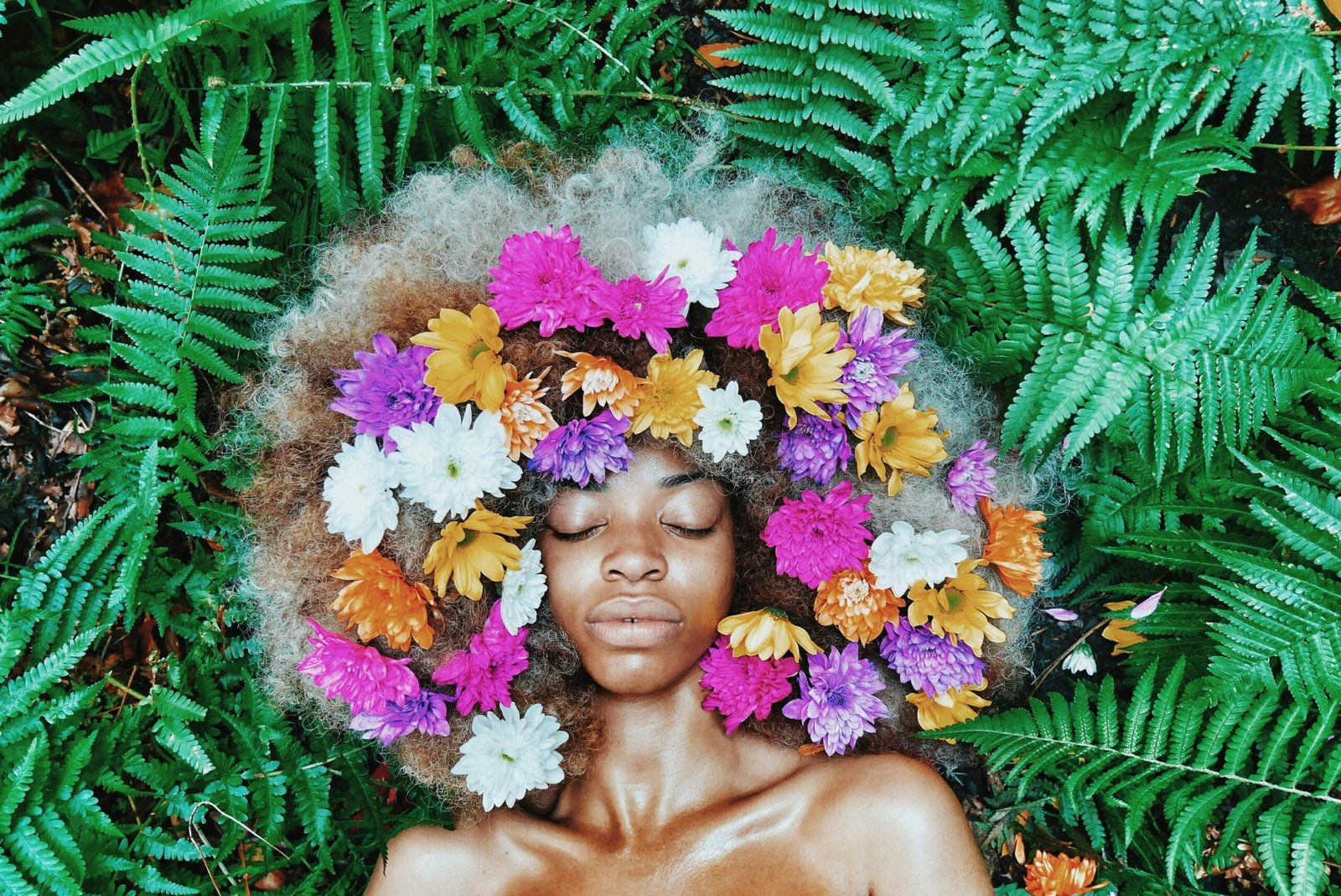






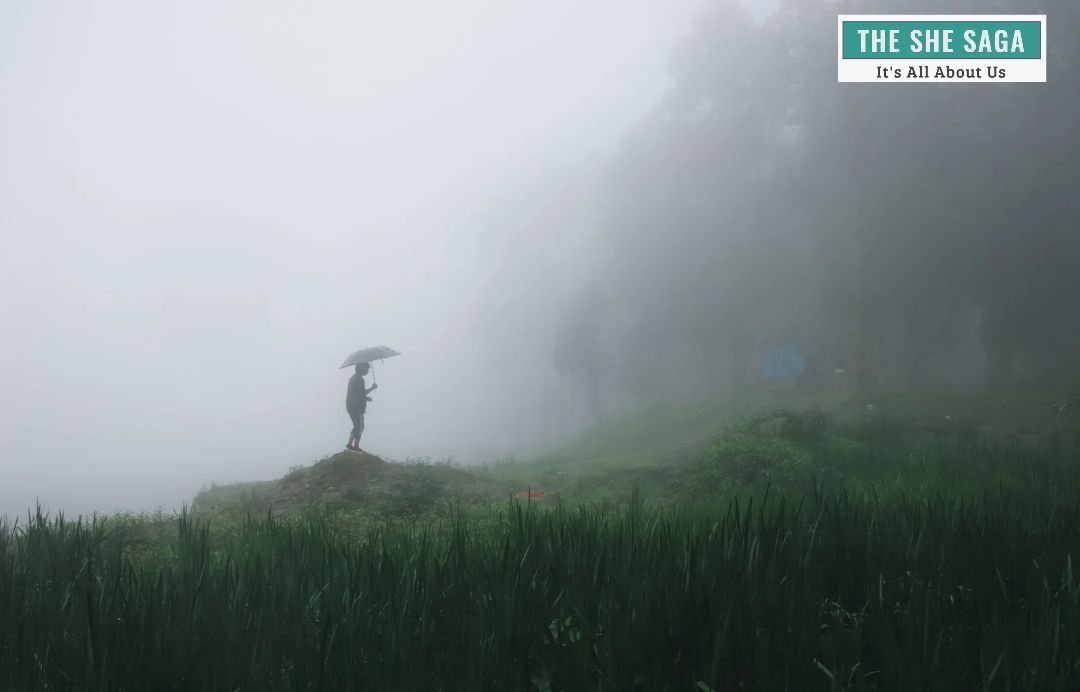

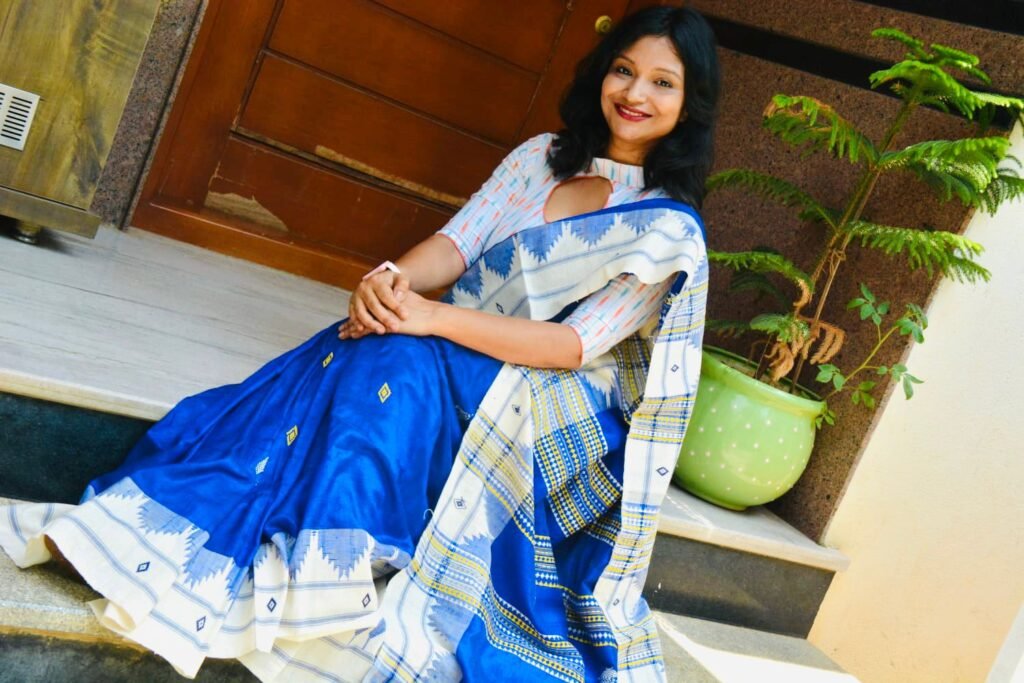
Facebook Comments